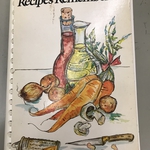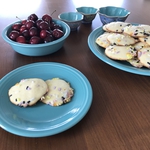Mahlzeit!
German-Jewish Leckerbissen in LBI Collections

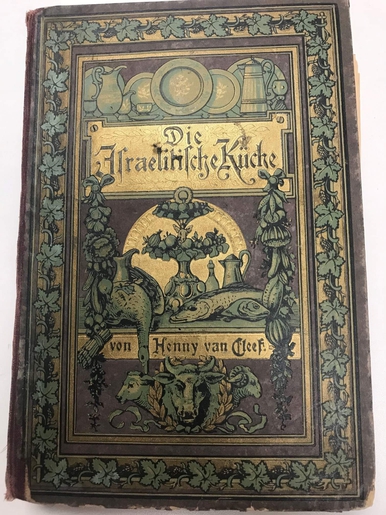




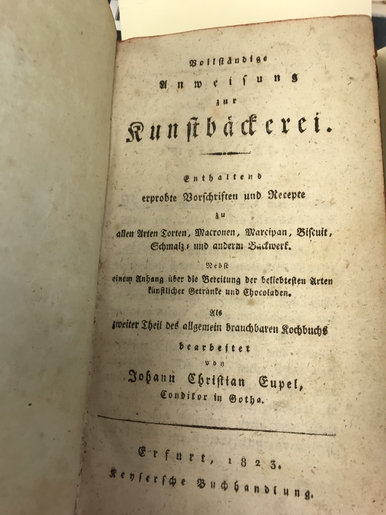


Food is one of the most important aspects of culture. Many a journey, and a good bit of global trade, was launched in search of new flavors. For displaced, uprooted, or simply homesick German-speaking Jews, familiar foods provided a comfort and connection to home that is second perhaps only to language.
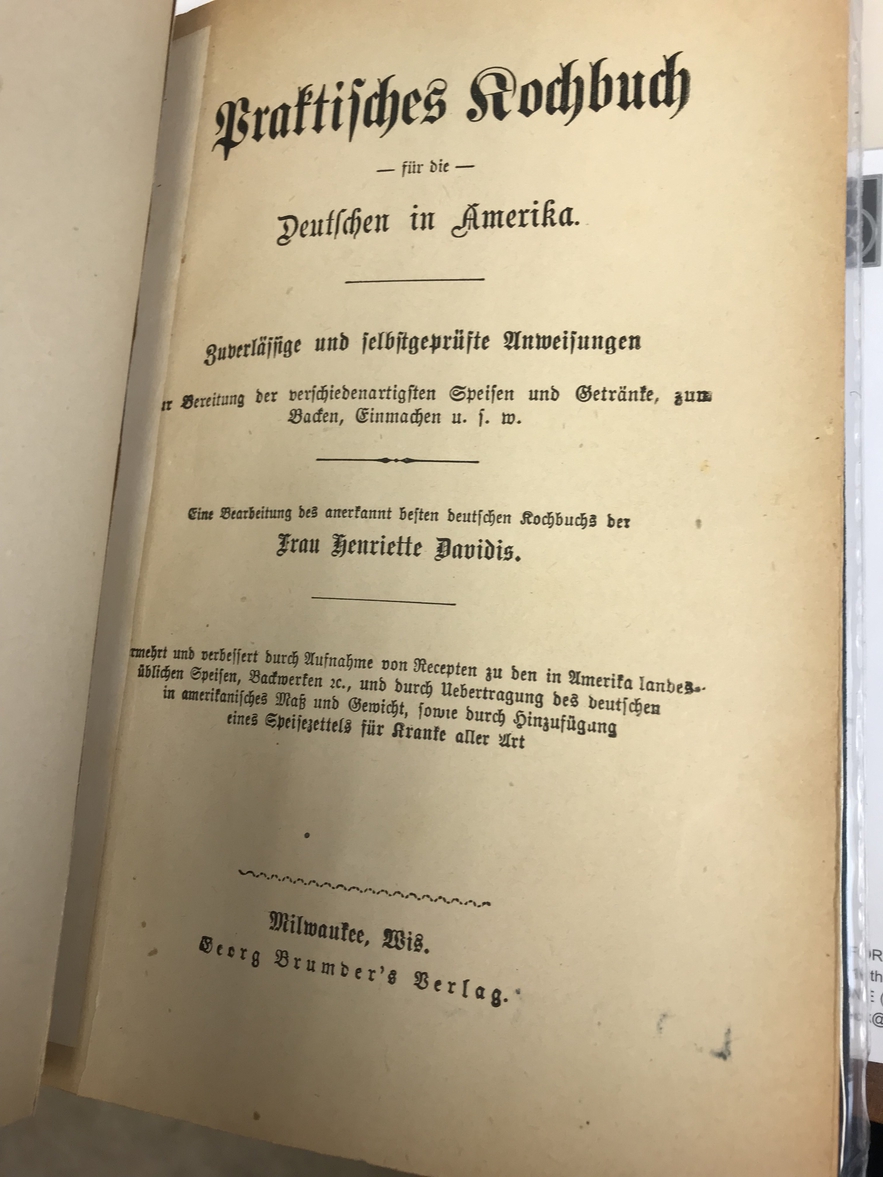
Major segments of LBI’s archival and library collections consist of those materials that Jewish refugees managed to spirit out of Europe in the 1930s. Many of them managed to find room for cherished cookbooks in their overstuffed bags and trunks —from published classics to handwritten recipe books to binders full of clippings and index cards.
As they prepared to digitize a number of important German-Jewish published cookbooks from the late 19th and early 20th century, some LBI librarians and archivists decided to try their hand at cooking some of the delicacies contained within. As the associated webpages documenting their efforts shows, the results were varied, but they often led to interesting conclusions or questions about the culture from which these recipes arose.

Cooks in Germany and other German-speaking lands were the first and most prolific publishers of Jewish cookbooks, as seen by the LBI Library's collection of around 100 cookbooks, most of which were published before 1945. The majority of cookbooks in LBI Library's collection were published for Jewish kitchens, with a handful of general Austrian and German cookbooks, including German-language cookbooks published for immigrants in places like America and Palestine. The recipes of German-Jewish cookbooks are often similar to those published in the same regions; Jewish cookbooks, however, have the added challenge of providing cuisine that is not only tasty and economical but also designed for Jewish dietary restrictions.
The earliest known published Jewish cookbook, Kochbuch für Israeliten (Karlsruhe, 1815), was by Joseph Stolz, the Christian cook at the court of the Grand Duke of Baden. (Unfortunately, this book is not part of the LBI Library's collection). Stolz's book improved upon recipes he learned from Jewish households and was intended in part for Christian households (who were possibly cooking for Jewish guests). Noticeably, Stolz's book does not explain kosher cooking even while providing recipes for making sausage from chicken and veal. With exceptions like Joseph Stolz, most Jewish cookbooks were written by Jewish women. In fact, Jewish cookbooks represent the largest genre of literature written by women and for a female audience.
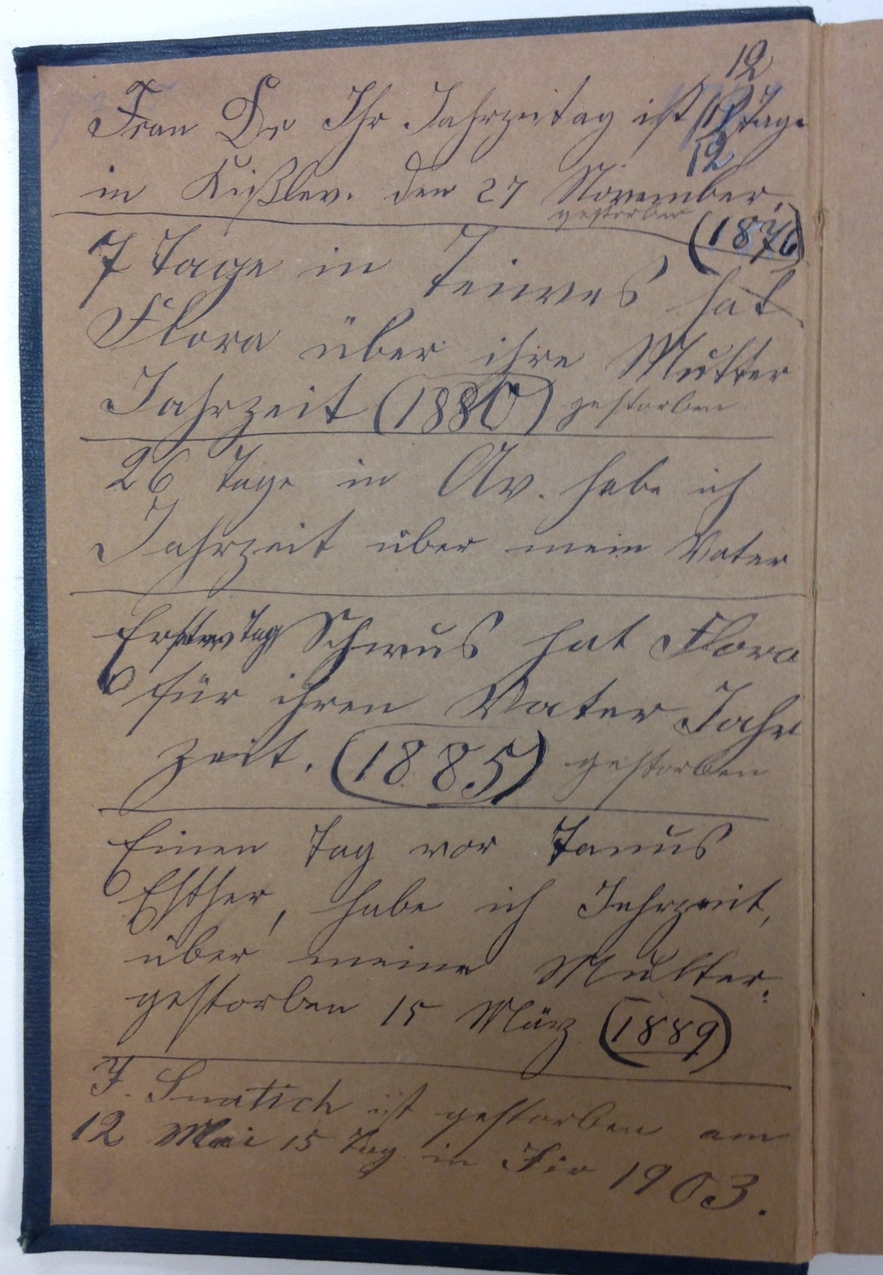
Popular 19th century cookbooks such as Rebekka Wolf's Kochbuch für Israelitische Frauen and Bertha Gumprich's Vollständiges praktisches Kochbuch für die jüdische Küche show the change in Jewish religious customs, the growth of secularization and the move toward middle-class. Jewish cookbook author's show the valuable role Jewish women had in shaping the middle class experience and the Jewish experience in the modern world. Cookbooks were in part manuals for running a middle-class home. In addition to recipes for everyday meals, Wolf's cookbook offered menu advice for running fine dinner parties for friends or forJewish holidays. As well as providing Jewish recipes, Lena Kahn's cookbook advised woman on managing household finances, raising children (especially girls) and keeping a happy marriage. Cookbooks like Henny van Cleef's Die israelitische Küche also brought elegant living and gourmet food into middle class homes. Henny van Cleef's cookbook even included a recipe forice cream made of pineapple, a luxury item.

Toward the end of the 19th century, cookbook's became larger (like Marie Elsasser's Ausführliches Kochbuch für die einfache und feine jüdische Küche, which had 3759 recipes!) and decoratively bound. It was customary to give cookbooks to brides as gifts.
Germany was influential in the domestic science movement of the 20th century, and Jews were an integral part of that movement. Many cookbooks around the turn of the 20th century were published as manuals to prepare women for household management and to train young women for domestic service. Although it did not contain guidelines for cooking kosher kitchens, Lina Morgenstern's Illustriertes Universal-Kochbuch ("Illustratred Universal Cookbook") was written as an "ausführliches Lehrbuch für Kochschulen und zum Selbstunterricht" ("extensive textbook for cooking schools and for self-study"). The Jüdischer Frauenbund ("Jewish Women's League") offered home economic courses to train young women in household management and aide Eastern European immigrants in becoming domestic servants. The Frauenbund's cookbook showed the growth of Jewish nationalism.

After the Holocaust, the German-Jewish diaspora sought to capture the cultural memory of food, cooking and religious tradition through community cookbooks like Recipes Remembered, published by the Sisterhood of Congregation Habonim in 1976. Recipes Remembered includes the German-Jewish recipes remembered by its congregants along with kosher recipes of the 70's and 80's.
Bibliography:
Abusch-Magder, Ruth. "Eating "Out : Food and the Boundaries of Jewish Community and Home in Germany and the United States." Nashim: A Journal of Jewish Women's Studies & Gender Issues, No. 5, Feeding an Identity: Gender, Food, and Survival (Fall, 5763/2002), pp. 53-82 URL: https://www.jstor.org/stable/40326553
Horowitz, Elliott. "Remembering the Fish and Making a Tsimmes: Jewish Food, Jewish Identity, and Jewish Memory." The Jewish Quarterly Review, Vol. 104, No. 1 (WINTER 2014), pp. 57-79. URL: https://www.jstor.org/stable/43298775
Kirshenblatt-Gimblett, Barbara. "Cookbooks, Jewish." Encyclopaedia Judaica, edited by Michael Berenbaum and Fred Skolnik, 2nd ed., vol. 5, Macmillan Reference USA, 2007, pp. 200-203. Gale eBooks, https://link.gale.com/apps/doc/CX2587504602/GVRL?u=new27191&sid=GVRL&xid=7e856802. Accessed 9 Apr. 2020.
Kirschenblatt-Gimblett, Barbara. "The Kosher Gourmet in the Nineteeth-Century Kitchen." The Journal of Gastronomy. 2 no. 4 (Winter 1986/1987)
Notaker, Henry. A History of Cookbooks : From Kitchen to Page over Seven Centuries. Oakland : University of California Press, 2017. (See pages 233-244 for the chapter on Jewish cookbooks).
Cookbooks


